The British Touring Car Championship is famed for its thrilling, close-fought action – a spectacle it has been providing for an impressive seven decades.
Britain’s first proper touring car race occurred in 1952. The British Racing Drivers’ Club had previously held a catch-all ‘production car race’ at its annual International Trophy meeting at Silverstone, but this time it decided to run two separate races for sports cars and touring cars.
Autocar’s sports editor, John Cooper (not that one), explained: “No better way of assessing the relative performance capabilities of cars of any sort can be imagined than the straightforward one of racing them one against the other.
“Certain modifications are permitted, partly in the interests of safety and partly to render the task of the car’s tuning and preparation somewhat easier than would otherwise be the case, but in all the essential features these cars are the same as those which are described in the catalogues, and which we could buy if they were not in short supply and if we had enough money.”
Such racing predictably proved popular with British car makers, and the public loved it too. Hence it became a regular feature at Britain’s multi-race club meetings.The obvious next step was to create a championship, and it was the secretary of the British Racing and Sports Car Club, Ken Gregory, who made it happen.
His plan was to run the British Saloon Car Championship on the same ticket as sports car and junior single-seater races. The premise remained as our man had described in 1952, and to balance the varying performance levels, cars would be divided into four classes – meaning a 0.9-litre Austin A35 had the same chance of glory as a 4.0-litre Jensen 541, even though they would never dice with one another on track.
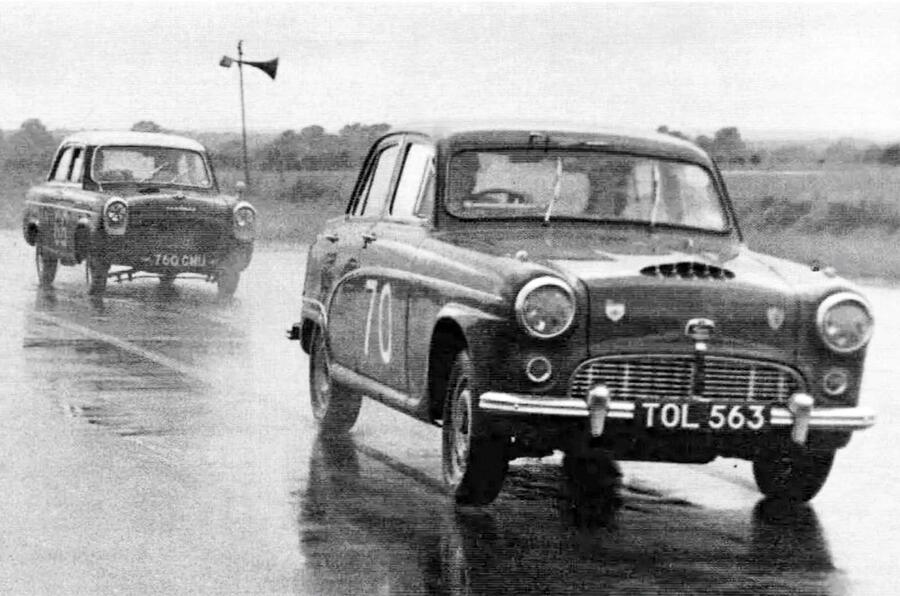
Gregory was also a director at Brands Hatch, so the Kent circuit staged a trial run on Boxing Day 1957 – and, this being a success, the host to the first points-scoring BSCC round in early April 1958.
Enjoy full access to the complete Autocar archive at the magazineshop.com
In cold and dry weather, the first saloon race proved “quite the most interesting of the afternoon”, we reported. “It was won almost as a foregone conclusion by Jack Sears, adding yet another victory to his string of successes with the Austin A105. But in the sub-1200cc class, tremendous battles were going on.
For 11 laps, the A35s of George ‘Doc’ Shepherd and John Sprinzel circled as a pair, inches apart, until finally Sprinzel managed to overtake.
“There was a second race for cars up to 1600cc and over 3500cc. The [Mk1] Jaguar 3.4s, driven by Tommy Sopwith [son of the famous plane designer] and Gawaine Baillie, again took first and second with impressive ease.”
Sprinzel and Sopwith won out again at Brands later that month, while Tommy Bridger made himself unpopular, you might assume, by topping the 1200-1600cc class in a German Borgward Isabella, “making the most of its fine cornering”.
Sprinzel made it a hat-trick as the BSCC headed to Mallory Park in Leicestershire in May, while Baillie benefited from Sopwith’s car shedding a tyre – and Harold Grace “had a spectacular escape when he inverted his Riley 1.5 in a ditch”.
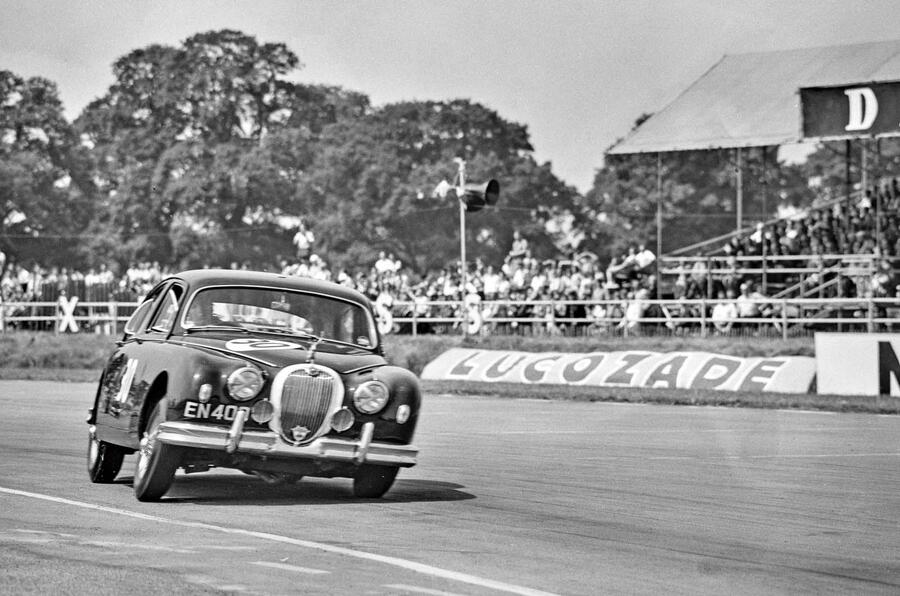
There was another Sprinzel and Sopwith show at Brands later that month, and again in June, albeit with the Jaguar man “having to work very hard” to steal the lead from his team-mate on the last lap.
Next up was Crystal Palace in Croydon, where for the first time all of the saloon classes shared a circuit. It was Sopwith again, while Shepherd “went surprisingly fast” to finish sixth in his baby Austin.
Three more Brands races would take the series to its conclusion, the first coming on an overcast August bank holiday. “Staple fare is the sight of a brace or more of 3.4s in the lead, cornering on the door handles. This was no exception.”
And nor was the September meet. So you’d assume Sopwith had the title all wrapped up – but, in fact, Sears had been quietly racking up wins for Austin in the class below, and the two not only arrived at the October meet with equal points but ended it level too.
The solution? A head-to-head in identical Riley 1.5s, swapping seats between two heats. The crowd were “amply rewarded for waiting to the end” in torrential rain as Sears prevailed by 1.6sec on aggregate.
Sopwith was perhaps vindicated in feeling aggrieved by the system – but, being British, he gave Sears a congratulatory handshake anyway.

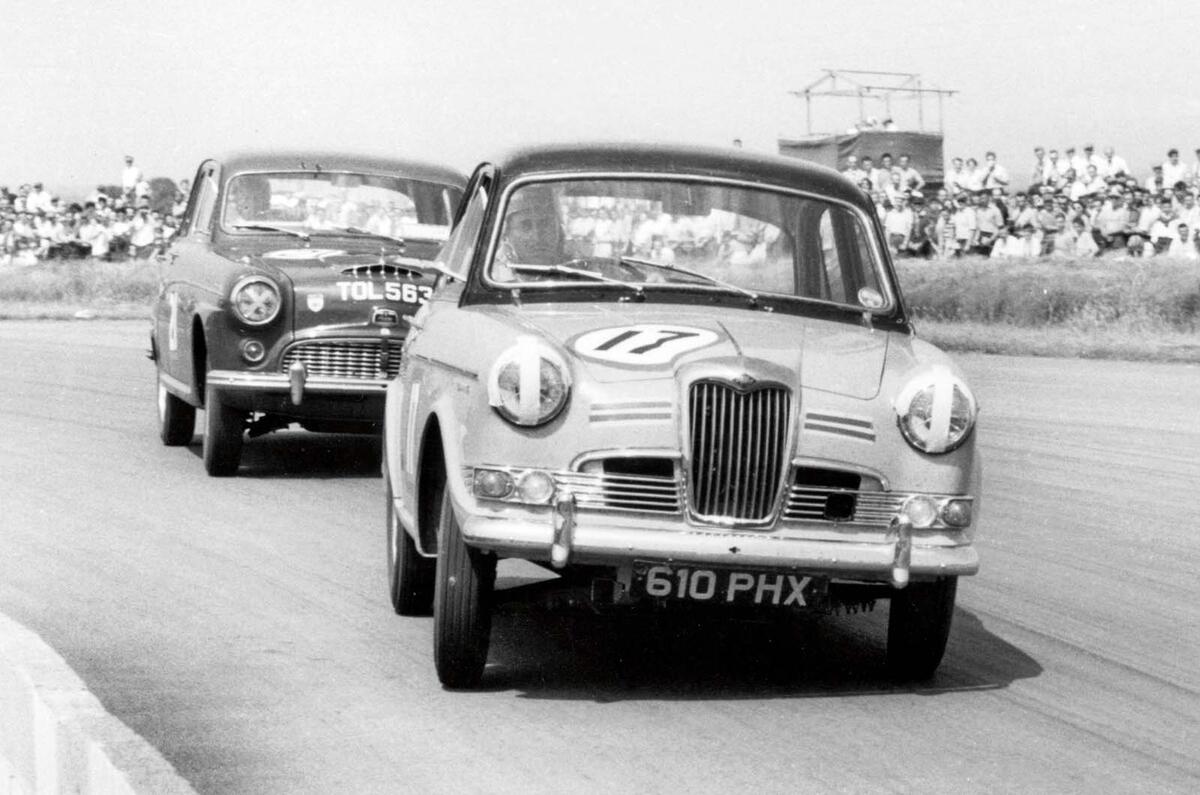
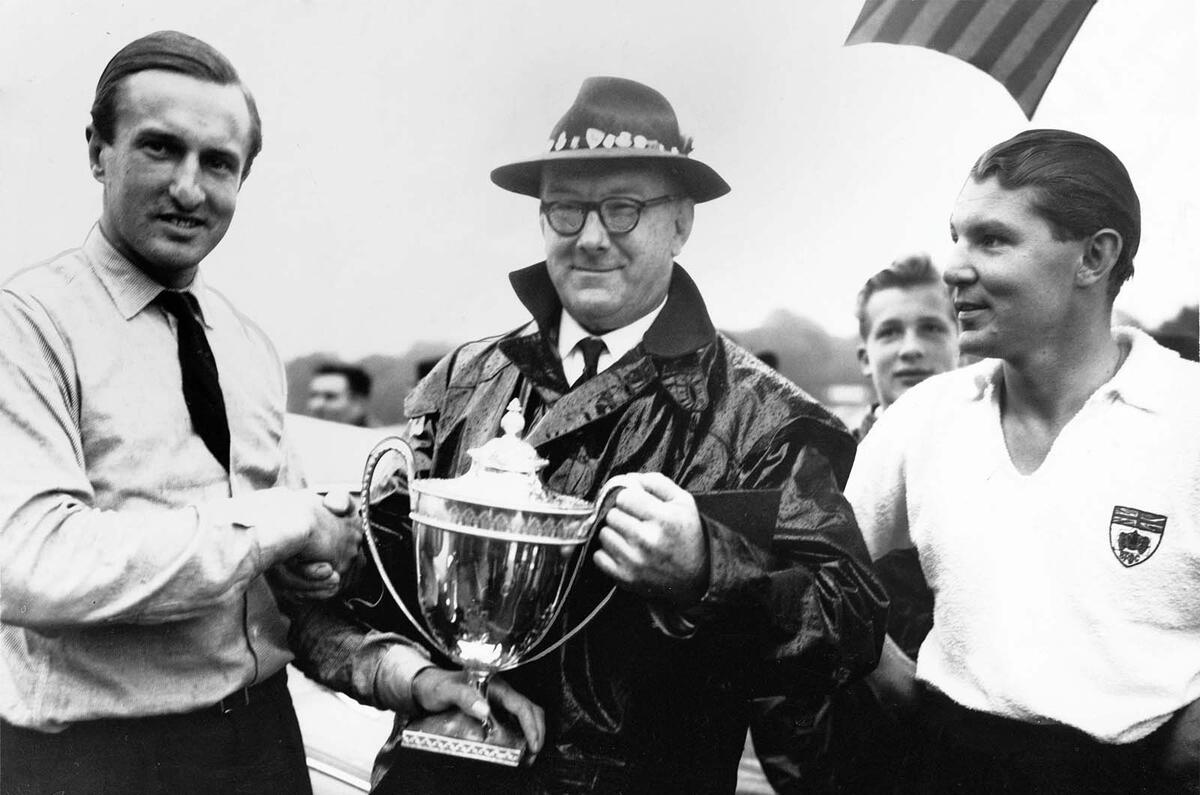

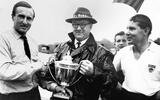


Join the debate
Add your comment
I just came across this amazing way to earn $6,000-$8,000 a month online! iil No selling, no struggle—just a simple system that anyone can follow. Kelly Richards did it, and so can you! Don't miss out on this life-changing opportunity.
Follow Here ....... Work44.com
I just came across this amazing way to earn $6,000-$8,000 a month online! No selling, no struggle—just a simple system that anyone can follow. Kelly Richards did it, and so can you! Don't miss out on this life-changing opportunity.
Follow Here ....... Work44.com